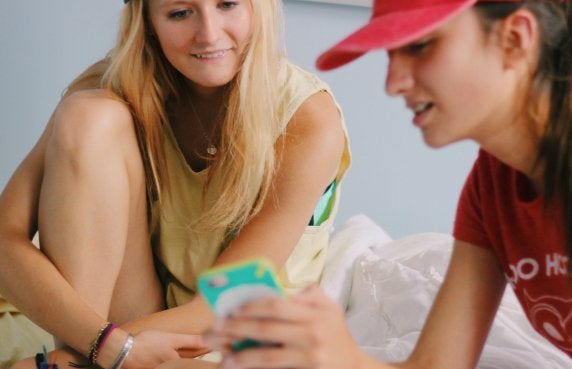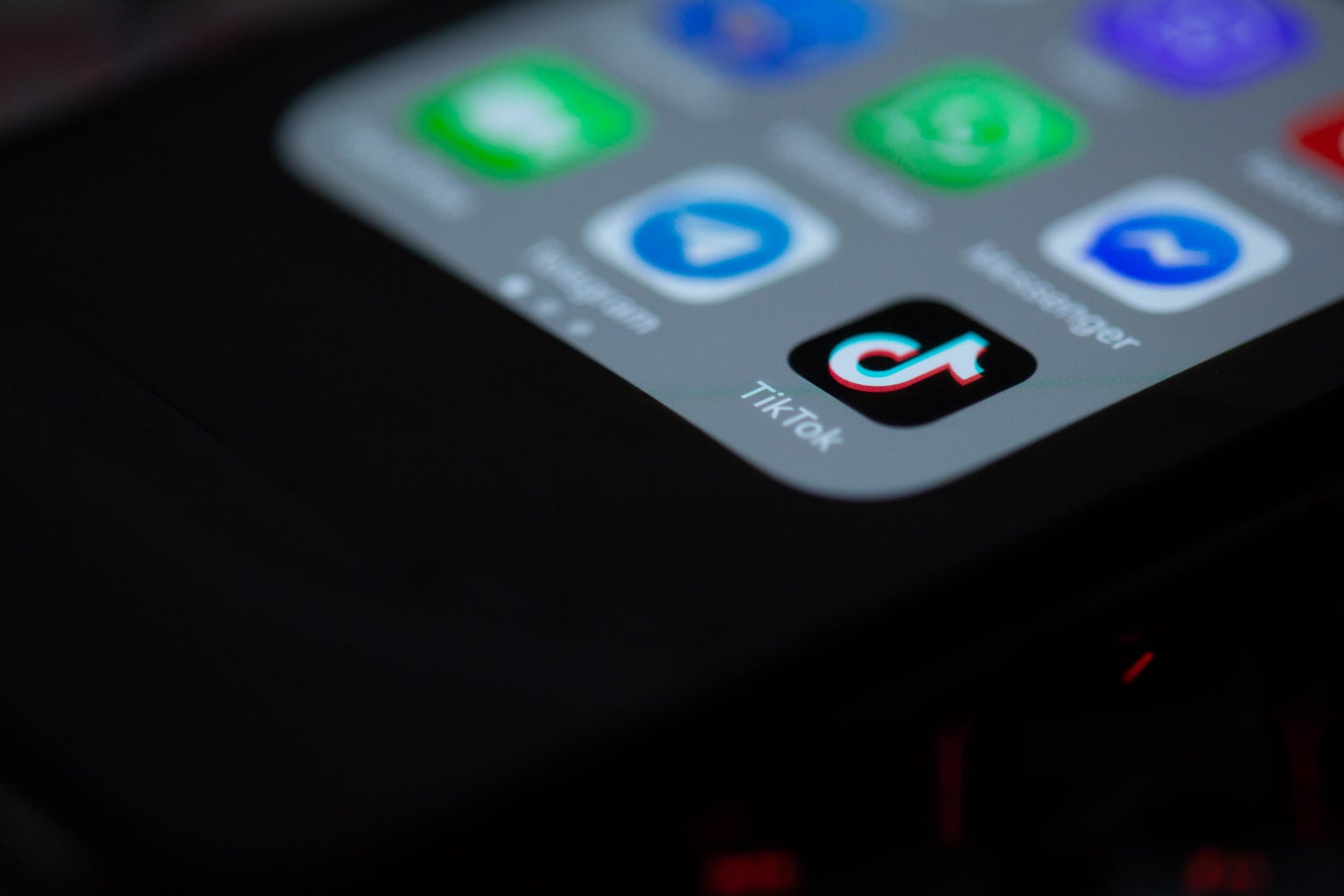How it Starts
I joined Tik Tok in the spring of 2019. It started as a joke where I made dumb trend videos to show to my friends, and some of them got the app as well just to follow me and my video-making adventures. The longer I had it, the more I stopped making videos and got completely wrapped up in watching them.
There are many different ‘sides’ to Tik Tok, including dance, food, roleplay, gay, straight… the list goes on and on. Some of my friends have said that they’ve landed on Frog Tik Tok or even Peppa Pig Tik Tok. Reaching a certain side of Tik Tok always starts out innocently: you see one interesting and funny video and decide to interact with it in a positive way. Sooner or later, the algorithm picks up the things that you’re watching and decides to keep giving you the same content. Suddenly, all that’s on your “For You” page is frogs.
Having different sides and interests that users watch on social media is harmless until it starts to enter areas of beliefs, including religion or politics. This is where strong opinions about one issue or another start to become prevalent, along with a social media algorithm only exposing you to the side you believe.
What are Epistemic Bubbles?
Epistemic bubbles are defined as a social structure in which other relevant voices have been left out within an issue. Oftentimes it’s not purposeful, since most of the content we get is now online and there are filters that show us only things that we’re interested in seeing. Tik Tok does a great job at this, having a complex algorithm that looks at the comments, hashtags, songs, or even the device that a user is using in order to recommend videos.
Let’s use an illustrative example to further explain an epistemic bubble. Seventeen-year-old Ingrid is an avid social media user, and there’s currently a debate going around Tik Tok on whether frogs or salamanders are the better animal. Ingrid doesn’t know much about frogs or salamanders, but since she thinks frogs are cuter, she’s decided that she’s fully pro-frog. As she watches videos about the Frog vs. Salamander debate, she only looks and positively responds to the side that supports frogs rather than salamanders. The Tik Tok algorithm responds to her interest and continues to feed her the content she wants to see rather than videos on the pro-salamander side of the debate and has thus entered an epistemic bubble.
This example is a bit out of the ordinary considering that there’s unlikely going to be a debate between two animals (though I wouldn’t put it past Generation Z to do so), but it becomes more realistic when we look at issues of abortion, right or left wing politics, gun control, and other sensitive topics on the app.
How are Epistemic Bubbles Harmful?
The longer someone stays inside an epistemic bubble, the more likely they are to be sucked into an echo chamber, which is a much deeper problem. An echo chamber is a social epistemic structure from which other relevant voices have been actively excluded and discredited. It no longer becomes a problem of exposure, but one of trust.

Going back to the example with Ingrid, let’s say that the Frog vs. Salamander debate has been going on for a couple weeks now, and she’s only been exposed to pro-frog content from the start. While she was originally in an epistemic bubble since she simply wasn’t exposed to the pro-salamander content, Ingrid now refuses to listen to anyone not pro-frog and actively dismisses the opinions of those who are pro-salamander. Exposing pro-salamander content to Ingrid no longer shatters a bubble, but re-enforces her belief that frogs are better. Now trapped in an echo chamber, it becomes a much bigger problem to get her out of it.
Even when you see the other side of an issue, you feel as though you can no longer trust the evidence presented and dismiss it. While Tik Tok has released a statement saying that they are actively trying to mitigate the amount of filter bubbles (or epistemic bubbles) created from their app, it’s tough to know the success of these mitigations since Tik Tok relies on their algorithm to keep users engaged on the app. Tik Tok has turned into one of the main ways teenagers watch and engage with content online. 70% of American teenagers are on Tik Tok, compared to only 39% on Twitter or 28% on Facebook. With our younger generations being the main interface of Tik Tok, they’re being pooled into their own epistemic bubble based on the things that they enjoy watching. Suddenly, they’ve found themselves in an echo chamber, where getting out is much more difficult. Because teenagers aren’t exposed to other sides of issues and are only in groups with those who agree with them, it’s going to be harder for them to have civil discourse later on in their lives about political issues. Our society as a whole becomes more divided than what the internet was made for: to connect with each other.
What Can We Do to Shatter the Bubble?
Luckily, epistemic bubbles are easy to shatter as long as they don’t turn into echo chambers. Since epistemic bubbles are a problem about exposure, then all that needs to be done is to show the other side of an issue to someone trapped in order for it to be shattered. For Ingrid, if she were introduced to both frog and salamander videos from the beginning and had enough information to make a more educated decision, then her bubble would’ve been shattered quickly.
I’m not saying that everyone should go out of their way to bash Tik Tok and delete it from their phones, because I don’t believe that. Tik Tok was made as a form of entertainment, just like any other social media platform, and it’s continued to hold that main purpose. However, next time you find yourself on a side of Tik Tok that is continually dismissing another’s opinion and you find yourself agreeing, take a step back. Think about the issue as a whole, and don’t let yourself get wrapped up into anything one-sided. There’s always another side to a story, and there’s always a deeper meaning that isn’t seen on social media.



